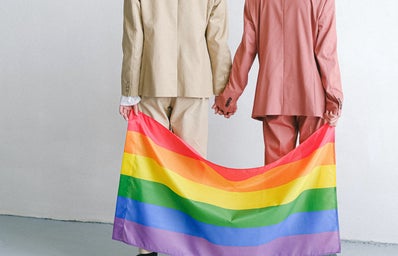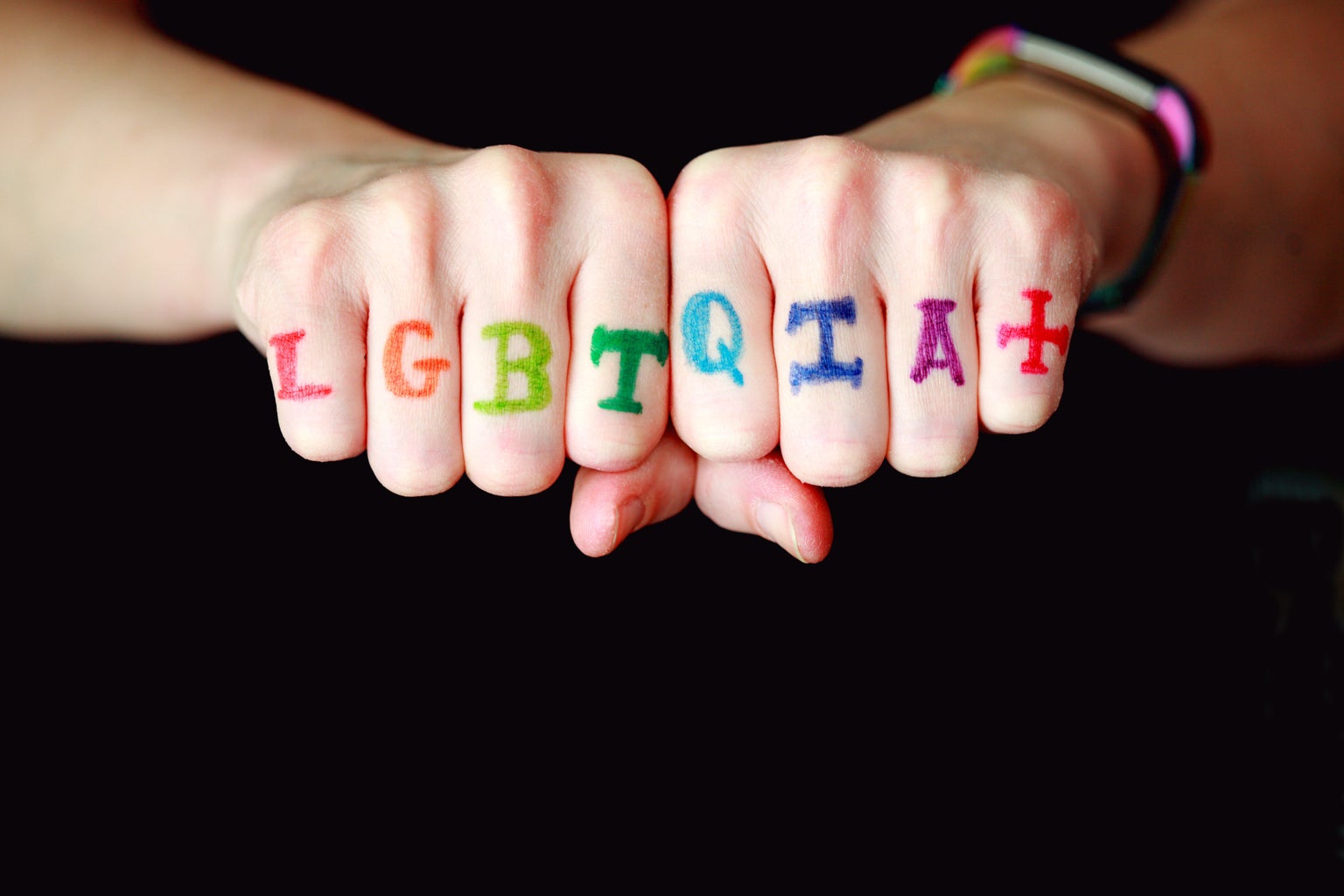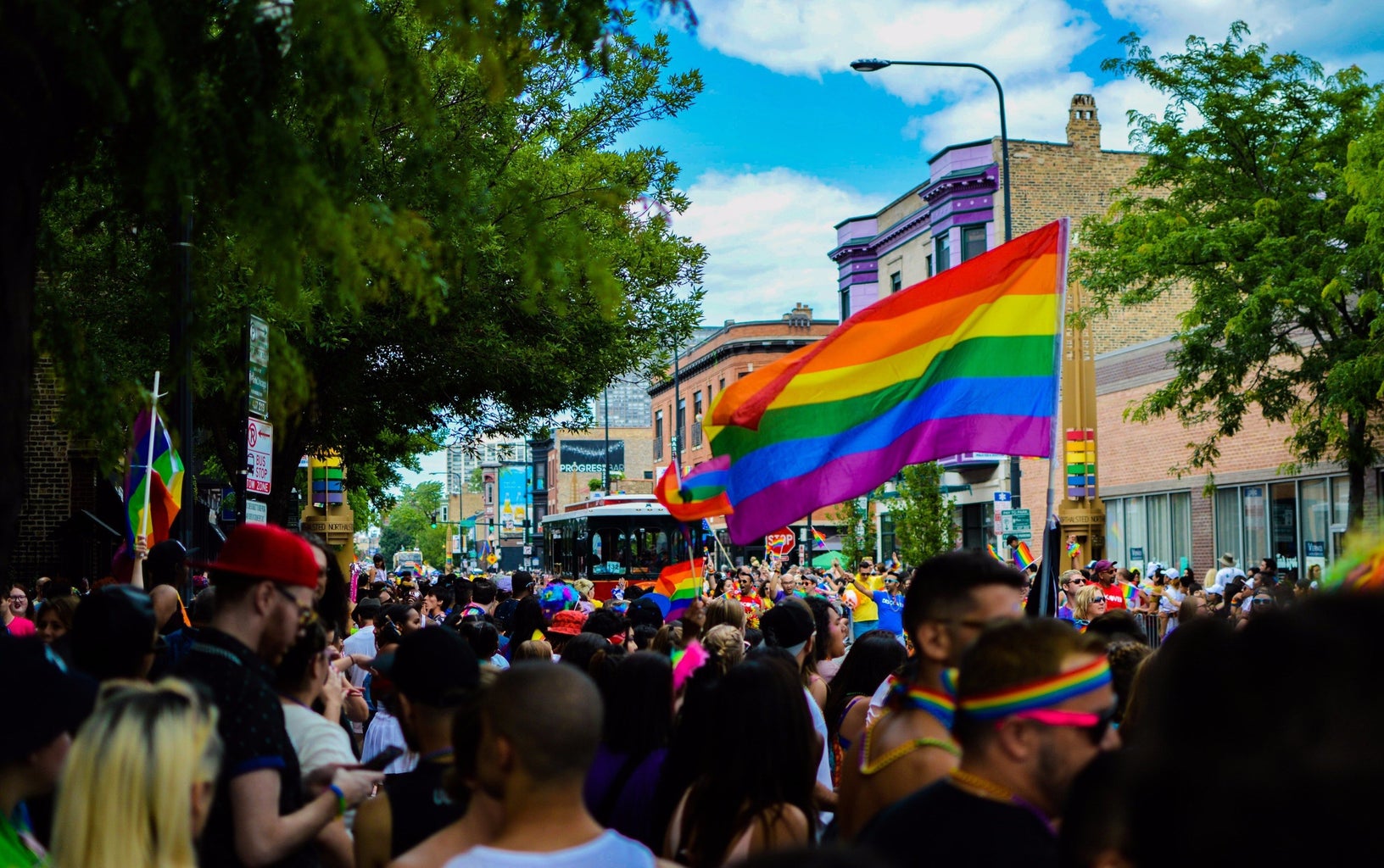“I have amazing gaydar.”
It’s an odd brag that many people hear on a frequent basis, especially on American University’s campus considering its large LGBTQ+ population.
It can be difficult to tell whether “gaydar,” especially coming from straight peers, is driven by true facts or just harmful stereotypes.
For the LGBTQ+ community, how does “gaydar” help or hurt the community? Is “gaydar” different for queer people, and can it create a sense of belonging? These are all questions that the term “gaydar” brings to the surface of what is typically seen as a nonchalant joke, when in reality, it can have much deeper meanings and suggestions.
Combining “gay” with “radar,” “gaydar” is a slang term that many people use to define their abilities to point out whether someone is gay or straight. The spectrum of sexuality is more extensive than merely gay or straight, which leaves out a large population of people who identify as any term under the queer umbrella, such as bisexual, pansexual, queer and more. Not only may this mislabel a person, but it also applies common stereotypes of gay people which may be harmful.
While some of these generalizations may seem meaningless, such as the stereotypes that gay men like shopping or are more feminine, or that lesbians are either butch or femme, they can normalize generalizing people and their identities. Stereotyping can range from these seemingly harmless beliefs to the idea that LGBTQ+ people are a threat or “unpure,” which is what creates the notion of them in general so harmful.
Studies show that stereotypes such as those that are reinforced by “gaydar” can affect a person’s career, treatment from their friends and family, their physical safety and what people expect from them. Additionally, it deprives people of their own individuality and identities when they are narrowed down into someone else’s perception of who they are based on their sexuality.
Depriving people of this individuality perpetuates extremely harmful myths that LGBTQ+ people are not pure or that they are not complex human beings. This statement is entirely untrue, however, over time, these stereotypes may become all that many think of them as– the way that they fill a box.
In a study, participants in three different groups were told one of three things: that “gaydar” was scientifically accurate, that there was no evidence to prove that “gaydar” was scientifically accurate or a control group that was told nothing about gaydar. Participants were asked based on social media profiles including appearance and interests whether men were gay or straight.
Those who were told “gaydar” is an accurate term stereotyped much more than those who were told that “gaydar” is just a form of stereotyping. This suggests that “gaydar” simply allows people to hide their stereotyping under a different term without consequence.
While society seemingly progresses, technology may be regressing our thoughts in terms of stereotyping and “gaydar.” Changes in facial recognition programs claim that in the near future, artificial intelligence may be able to distinguish between gay people and straight people.
This has received fierce backlash from LGBTQ+ organizations for many reasons. Not only can this artificial intelligence be harmful in stereotyping, but it can also be exclusionary in mislabeling transgender people who may have facial features that would be more identifiable by a computer program as the gender they were assigned at birth. This can cause gender dysphoria, and affects people’s career prospects because of prejudice within the workforce and hiring world.
There are many reasons that “gaydar” can be described as stereotyping, but some queer people may feel that the commonalities described by “gaydar” are unifying and provide a sense of belonging.
For example, if someone dresses or acts a certain way that is commonly associated with a certain sexuality, it can create a feeling of belonging to a community and a way to bond over common interests. This is especially helpful with the experience of coming out which is often daunting and isolating. The sense of belonging through common queer experiences can make someone feel welcomed and unified with a group.
Similarly, it can be helpful in finding other queer people to bond with. While these stereotypes are still stereotypes when they are thought of by queer people, the internalizations of these stereotypes create a nuanced culture– one that goes beyond femme or butch and men in feminine clothing.
LGBTQ+ culture, while a basis of stereotypes, also allows people to be part of something larger than the way someone acts or dresses. Many queer people have common experiences, including coming out and a delayed love life, but also positive, joyful euphoria of what it means to be queer and to be with someone that they are truly attracted to rather than someone who they are expcted to be attracted to.
“Gaydar” creates stereotypes, but it can also be seen as a part of community and culture. The harm that it can produce creates a lack of individuality, but within the LGBTQ+ community, the stereotypes that “gaydar” is based on can be used as a unifying experience for many. Queer culture goes beyond these stereotypes, giving people something to identify with, rather than something to be identified by.






